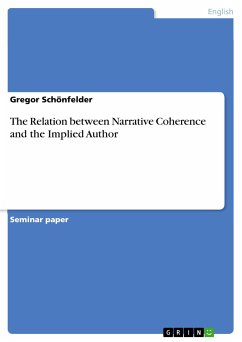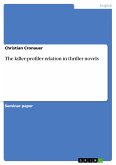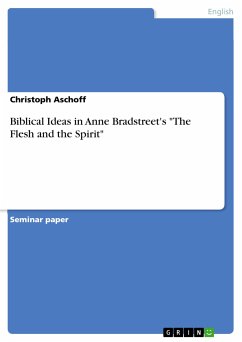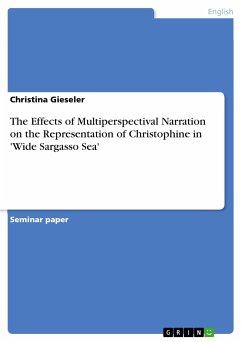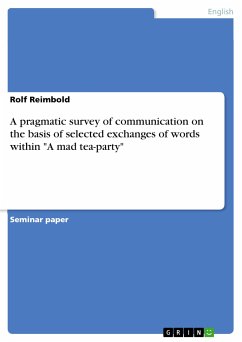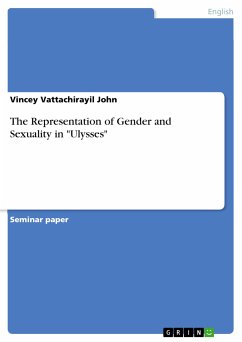Seminar paper from the year 2010 in the subject English Language and Literature Studies - Literature, grade: 1,3, University of Tubingen (English Department), course: Collaborative Writing, language: English, abstract: For a long time the only accepted form of writing, working completely alone without help is not the only option for writers anymore. New forms have emerged, actively seeking the collaboration of authors in order to create texts that make use of the new possibilities collaboration grants. Though it has not yet achieved the same level of normality as single-author writing, collaborative writing nonetheless has a wide range of readers. As in all forms of writing, readers always try to find an entity that accounts for the text and guides their interpretation. A concept that tries to help in that process is the implied author. While its usefulness is debateable in one-authored writing, this concept is more interesting in collaborative written works as the number of real authors not necessarily corresponds to an equal number of implied authors. This paper is going to prove that coherence is one of the key determinants for creating the implied author. To reach that goal, two texts, both belonging to the genre of crime fiction, will be compared: first, Elementary, a short story dealing with two writers that fail to kill their agent; second, Murder at the Beau Rivage, a poststructuralist story about a serial murder who actually is a serial murderess. However, as the “implied author” and “coherence” are the basis for this analysis, it is, first of all, crucial to come up with uniform definitions and concepts behind the terms since they are not being used consistently in literary studies. Having established the terms, Murder at the Beaus Rivage will serve as an example of how incoherence can cause different implied authors for a text. Then, in order to prove that collaboratively written texts are not bound to have several implied authors, Elementary will be examined in terms of coherence. Finally, as the reader also plays a role in constructing the implied author, a short outlook will be given on the aspects that may be of interest for further research in that field.

